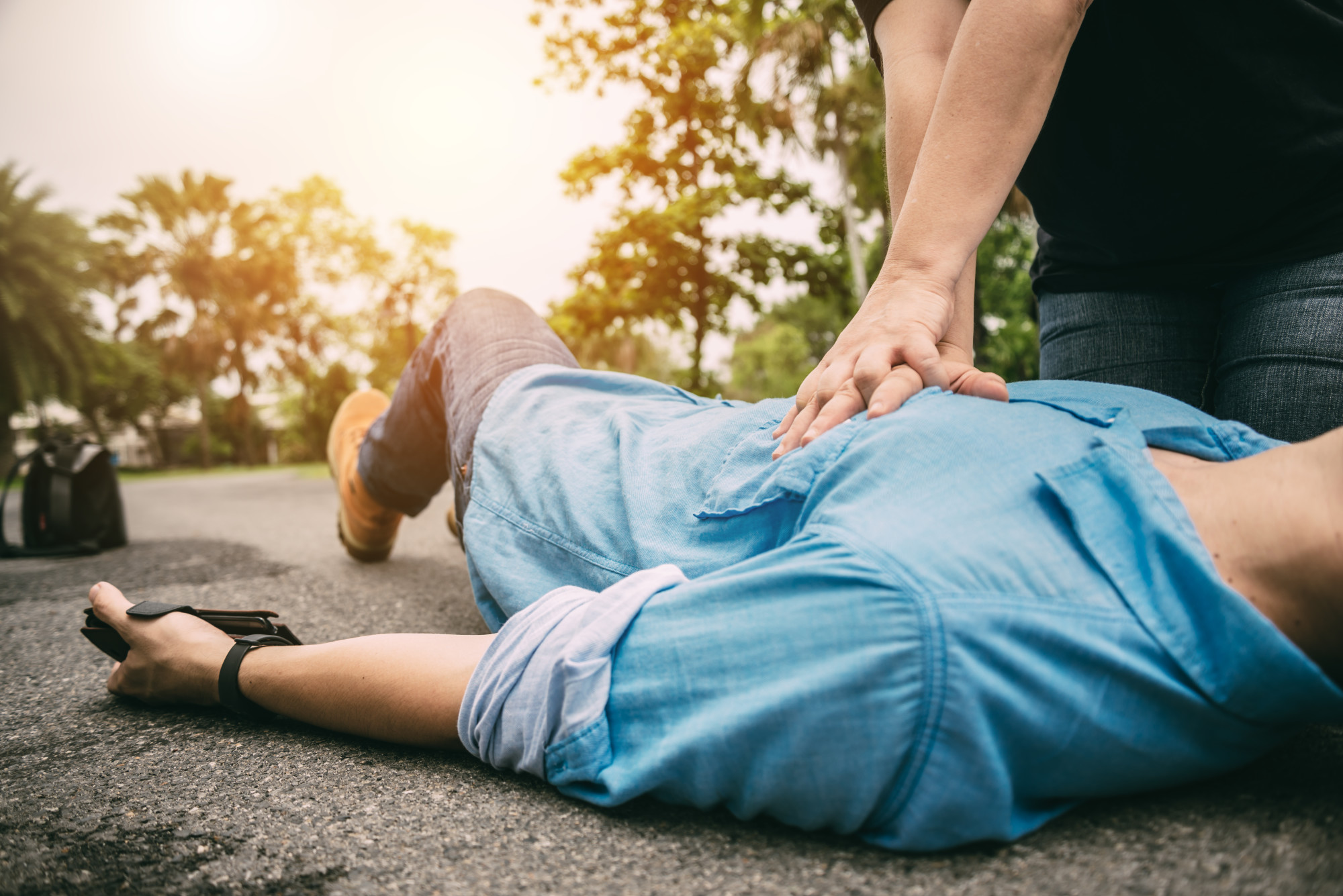According to a study, 65% of Americans claim to have taken CPR training at some point in their lives.
Every year thousands of people experience cardiac or respiratory arrest, yet most people are not prepared for these events. Thankfully, it only takes a few minutes of your time to become certified in CPR and the use of an AED machine.
In this article, we will cover when and how to perform CPR, how to become certified, and how to keep your skills sharp. Keep reading to learn more!
Establish Whether the Victim Is Conscious or Not
To properly execute CPR on a victim, you must first establish whether the person is conscious or not. Start by gently shaking their shoulders and asking loudly if they are ok.
If there is no response, listen to the victim’s chest for 10 seconds. If there is no sound of breathing or a heartbeat, assume the victim is unresponsive. Open the person’s airway by increasing the tilt of their head and lifting the chin.
Look, listen and feel for regular breaths. If there are no signs of life, you can start CPR.
Position the Victim Correctly Before Performing CPR
Before performing CPR, you must position the victim correctly. To begin, check the scene for safety before approaching the victim. After confirming the area is safe, kneel next to the victim’s side.
To help support the victim while performing CPR, place one hand on the forehead and the other under the neck, gently lifting the chin. Push the lower jaw forward slightly and tilt the victim’s head back.
Make sure the chest is exposed to allow for easier chest compressions. Thoroughly check for breathing and a pulse. If there’s no response, CPR can be done on the victim.
Perform Chest Compressions and Rescue Breathing
When performing chest compressions, place the heel of your dominant hand on the center of the chest and put the other hand on top of it, locking your fingers together. Compress the chest to a depth of at least 2 inches, and make sure you do 30 compressions at a rate of 100 to 120 per minute.
After 30 compressions, administer one breath and repeat the cycle. Make sure the compressions are smooth and steady, taking regular pauses to assess the person’s condition.
To perform rescue breathing, place the victim on their back on a hard, flat surface, and tilt the victim’s head slightly back. Place one hand on their forehead and lift the chin with the other.
Next, pinch the nostrils shut and seal the victim’s mouth with yours, creating an airtight seal. Finally, blow two quick breaths in one-second intervals, watching for the chest to rise with each breath.
Knowing the CPR procedure is extremely important to ensure you are doing it correctly. CPR certification is important because it gives you the skills and knowledge necessary to respond correctly. To obtain certification, you can check Cprcertificationnow.com.
Knowing How To Perform CPR
Overall, performing CPR is a very rewarding and honorable experience. It is done to save a life in the time of an emergency. With the help of this CPR guide and all the tips provided, you can easily learn and practice the CPR steps to help someone in need.
Use these CPR tips, stay alert and be prepared to help someone. Remember, your actions can make a difference. Go ahead and start your CPR training today!
If you enjoyed this article about how to perform CPR, check out our other content. We cover everything from health to entertainment!







